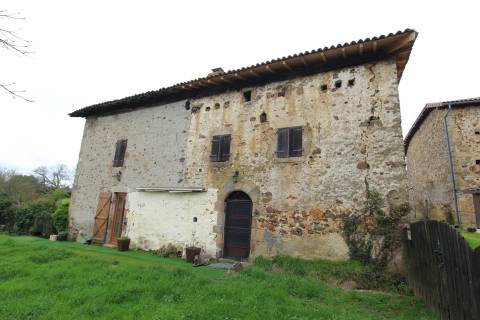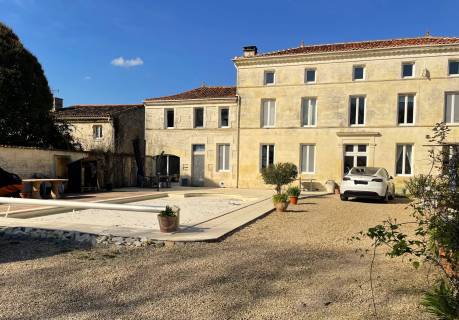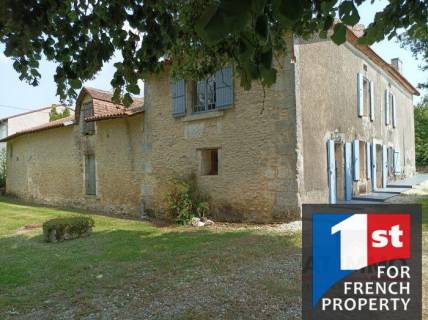Dec 272016

Pétanque World Cup
This is not a load of boules! In fact, the World Cup has been taking place in Marseille. Perhaps the other event in Brazil has grabbed more headlines. But over 13,000 players from 20 countries participate.
Boule Lyonnais started in the South of France and evolved into jeu de Petanque. The game was played in villages all over Provence, usually on squares of land in the shade of plane trees.
Here are 10 facts about Pétanque or jeu de Petanque:
1. Ancient Greek origins. The French would have you believe that they invented the game, but the origins of Pétanque can be traced as far back as Ancient Greece when people played games which involved tossing coins and stones. The Ancient Romans then came up with the idea of adding a target – which in the case of the French interpretation of the game is called a “cochonnet” (the literal translation being “piglet” in English). As for the name Pétanque – which is also used in English – it comes from the word “la petanca” in Provençal dialect, deriving from pès tancats or “feet together”.
2. Not just a sport for retired men. Yes, you are more likely to come across elderly men playing the sport but statistics show that more and more women are taking part. In this year’s Pétanque World Cup – in which women have only been allowed to compete since 2002 – a grand total of 456 women are taking part. Today around 14 percent of the sport’s 311,971 registered members in France are women. According to the President of the Ligue Paca, women bring a certain “sensibility” to the sport that the male players lack.
3. One of the best things about Pétanque is that practically anyone can play, regardless of sex or age. Last year, César Brauer competed in the Pétanque World Cup, over fifty years after winning in the first ever World Cup in 1962.
4. The rise of the “bouligans”. The term “Bouliganisme” was coined after numerous stories about rising incivility among French players. In 2007, the newspaper Midi-Libre reported: “Petanque is no longer a convivial sport. It is being undermined by constant incivility, verbal threats and gross insults. The non-respect of sporting rules by some players is driving others away, as well as referees who feel endangered.” The Local France’s story this week about death threats at the World Championships show’s that “Bouliganism” is still afflicting the game.
5. Dangerous sport. Pétanque may be regarded by many as a gentle pastime but it has been known to get out of hand. In 2008 a man in the village of Adé in the Pyrenees was killed by a fellow player’s ball as he was checking how close his own was to the target – the tiny cochonnet ball. In another tragic accident – quite unrelated to the sport – a pensioner was trampled to death by a two-tonne runaway circus elephant as he played the game.
Read more here about the next 5 facts: click here
6. Kiss Fanny’s Bottom
7. 10-12 million players worldwide in 160 countries
8. Pétanque has crept its way into the French school system.
9. Ban on alcohol lifted for professional players.
10. Olympic ambitions to get the game recognized as an Olympic sport.
Petanque Rules
How to play Petanque
Pétanque is played by two teams, where each team consists of one, two, or three players. In the singles and doubles games each player has three boules; in triples each player has only two. A coin is tossed to decide which side goes first. The starting team draws a circle on the ground which is 35-50 centimeters in diameter: all players must throw their boules from within this circle, with both feet remaining on the ground. The first player throws the jack 6–10 meters away.
Order of play
A player from the team that threw the jack then throws their first boule. A player from the opposing team then makes a throw. Play continues with the team that is not closest to the jack having to continue throwing until they either land a boule closer to the jack than their opponents or run out of boules.
If the closest boules from each team are an equal distance from the jack, then the team that played last plays again. If the boules are still equidistant then the teams play alternately until the position changes. If the boules are still equidistant at the end of the game then no points are scored by either team.
The game continues with a player from the team that won the previous end drawing a new circle around where the jack finished and throwing the jack for a new end.
Scoring
Play ends, and points may be scored when both teams have no more boules, or when the jack is knocked out of play. The winning team receives one point for each boule that it has closer to the jack than the best-placed boule of the opposition.
If the jack is knocked out of play, no team scores unless only one team has boules left to play. In this case the team with boules receives one point for each that they have to play.
The first team to reach 13 points wins.
Further rules
- A boule hitting a boundary is dead and is removed from that end.
- On a court or piste marked with strings, a boule is dead if it completely crosses the string.
- The circle can be moved back in the line of the previous end if there is not room to play a 10 meter end.
- The boule can be thrown at any height or even rolled depending on the terrain.
- Boules are thrown underarm, usually with the palm of the hand downwards which allows backspin to be put on the boule giving greater control.
- Each team should have suitable measuring equipment. In most cases a tape measure is adequate but calipers or other measuring devices may be needed.
For more on Equipment specifications, Playing Area and Strategies: go here
Typical petanque set
6 chrome plated steel boules, + 2 red wooden target balls + a measuring string.
Petanque balls
Boules are approx. 73 mm in diameter, approx 720 grams.
How to pronounce Pétanque
You pronounce it as follows: pay/tah~k (listen to it here) or cheating as “boules”!
Petanque Court
Pétanque can be played on an almost flat, open space. The ground may be irregular and interrupted by trees or rocks.
When an area is constructed specifically for the purposes of playing petanque, the playing surface is typically loose gravel, or crushed sea shell.
In France, village squares and park pathways are often used as pétanque playing areas. In addition, many places have recreational facilities constructed especially for playing pétanque called boulodromes .
What is the difference between petanque vs bocce
These two are pretty much the same game, just the Italian (bocce) and French (pétanque) variation also know as jeu de boules. The principal differences are in the number and type of balls used. The rules on setup and scoring are basically identical.
Bocce uses four balls per side and is played by 2 or 4 people. The balls can be plastic, wood, or metal.
Pétanque uses metal balls (boules) only and is designed for two teams of various size.







.jpg)




